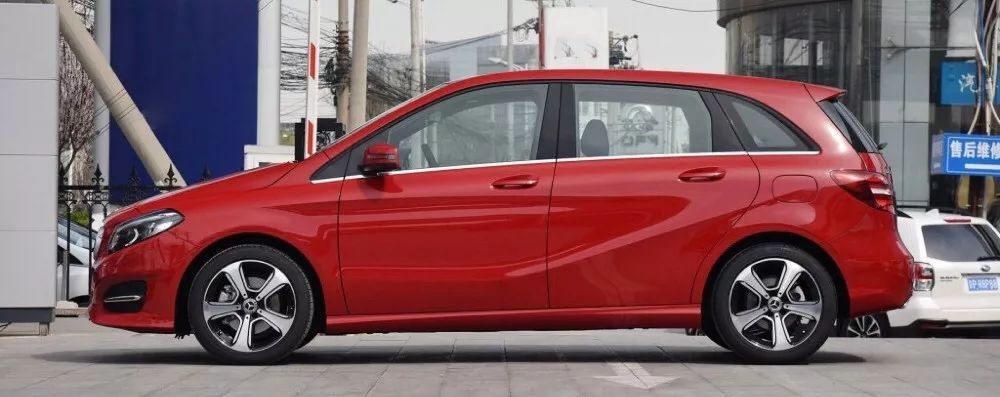What do you care most about when buying an electric car?
I guess it’s “driving range”.
I opened the autohome website, filtered for electric cars, and then for those with a driving range of over 400 km. Here are the results:
- Tesla Model S: 579 km
- Tesla Model X: 552 km
- Jaguar I-Pace: 500 km
- WmAuto EX5: 460 km
- DENZA 500: 451 km
(Note: Only the highest-capacity batteries for each model were selected here, and the driving range was evaluated according to the NEDC standard. However, due to Tesla’s adoption of the national standard in China, the NEDC data for Tesla on the autohome website is inaccurate. In fact, the actual driving range of the Model S 100D is 632 km, and that of the Model X 100D is 565 km. However, their ranking is not affected. We will not delve into this issue here.)
Therefore, except for the WmAuto EX5, which has not yet been launched, the domestic electric vehicle with the longest driving range is a relatively low-key electric vehicle: the DENZA 500.
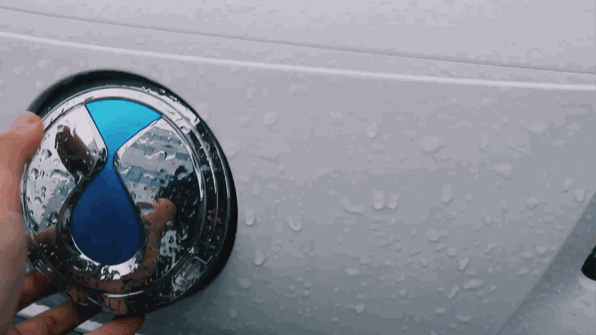
Let me briefly introduce the background of DENZA:
- In 2010, BYD and Daimler jointly established the company.
- Daimler (Mercedes-Benz) and BYD jointly developed the technology.
- The car is produced on a separate production line at BYD’s Shenzhen factory.
- The vehicle is sold by Mercedes-Benz’s core dealership group.
- DENZA 300 was launched in 2014.
- DENZA 400 was launched in 2016.
- DENZA 500 was launched in 2018.
(These numbers represent the rounded driving range.)
Well, today let’s talk about this domestic electric vehicle with a long driving range – DENZA 500.
First Impression
“To be honest, understanding a person doesn’t mean anything. People change. Today he likes pineapple, and tomorrow he can like something else.”
I think you guys are different. Today you think DENZA is ugly, and tomorrow you will still think DENZA is ugly.
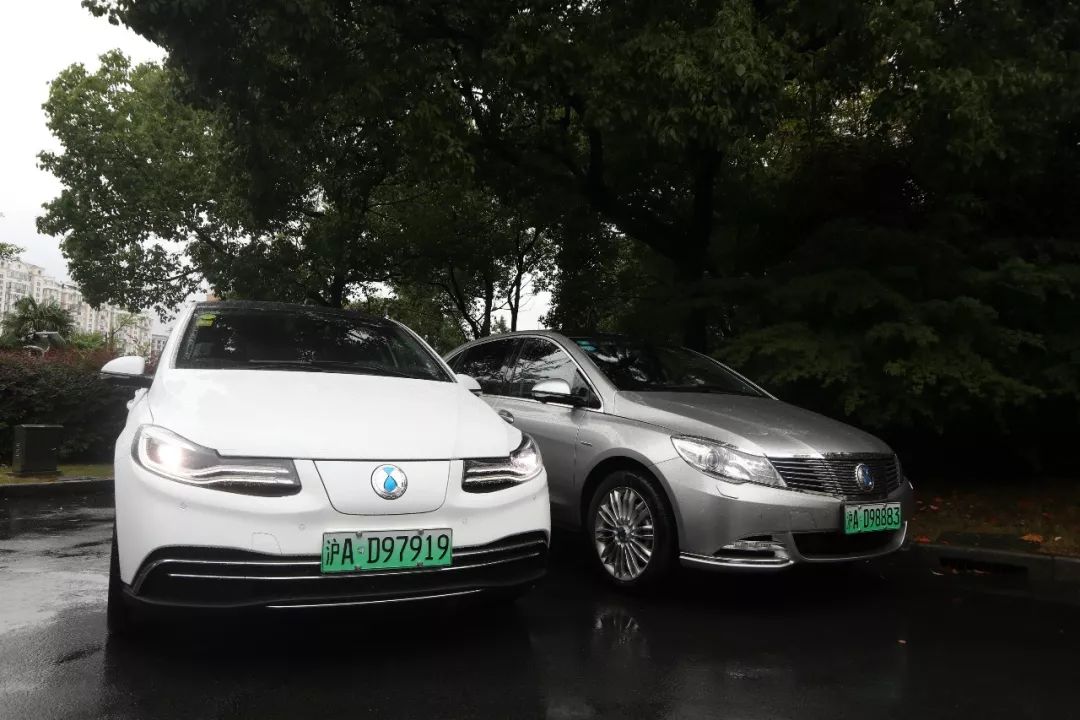
When I first saw the white DENZA 500 in person, I felt that the facelifted front end was much more stylish than that of the DENZA 400. I excitedly posted a Weibo tweet that said “not ugly at all!” However, the comments below were: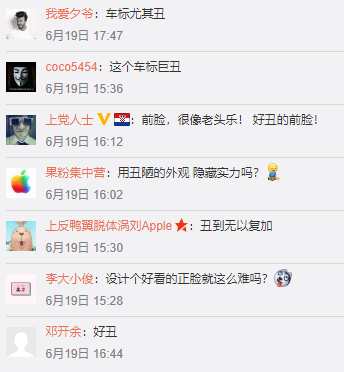
There is a deep-rooted helplessness regarding the appearance of the DENZA. You might speculate that Mercedes-Benz designers did not put in their full effort in designing this car model, or that BYD’s design department was in charge of completing its design.
Therefore, I offer a new perspective for all of you: “Assuming that the Chinese market prefers cars with ample space” + “Assuming that the Chinese market prefers sedans”.
This prompted the creation of a car that was space-oriented, but neglected the aesthetic requirements of the Chinese market.
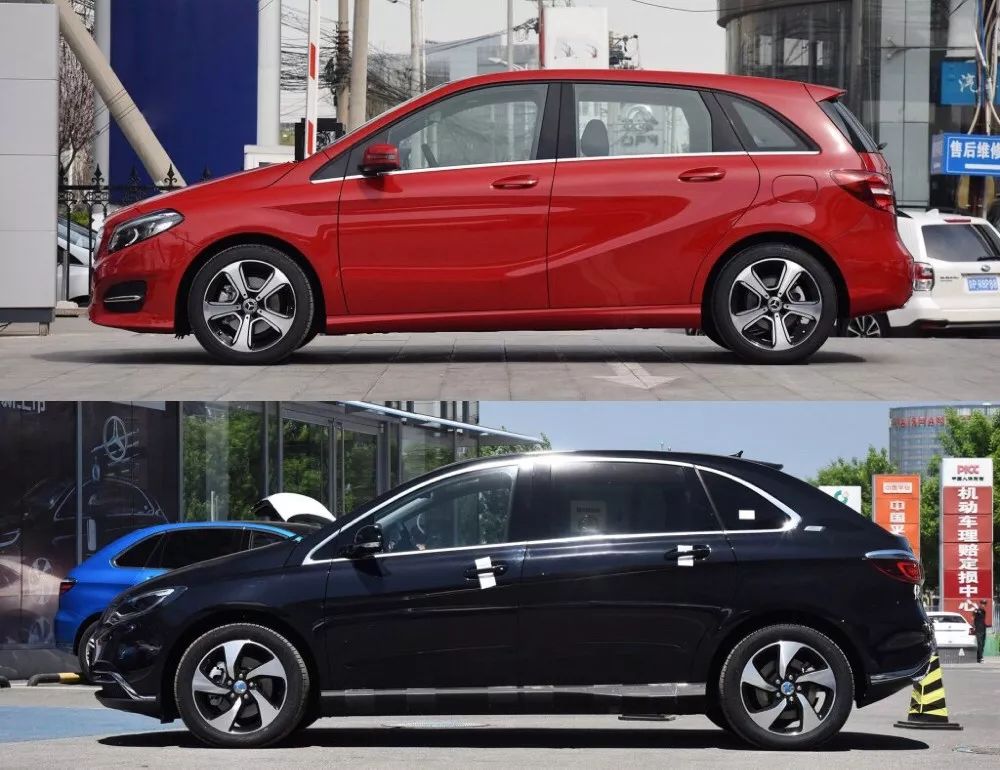
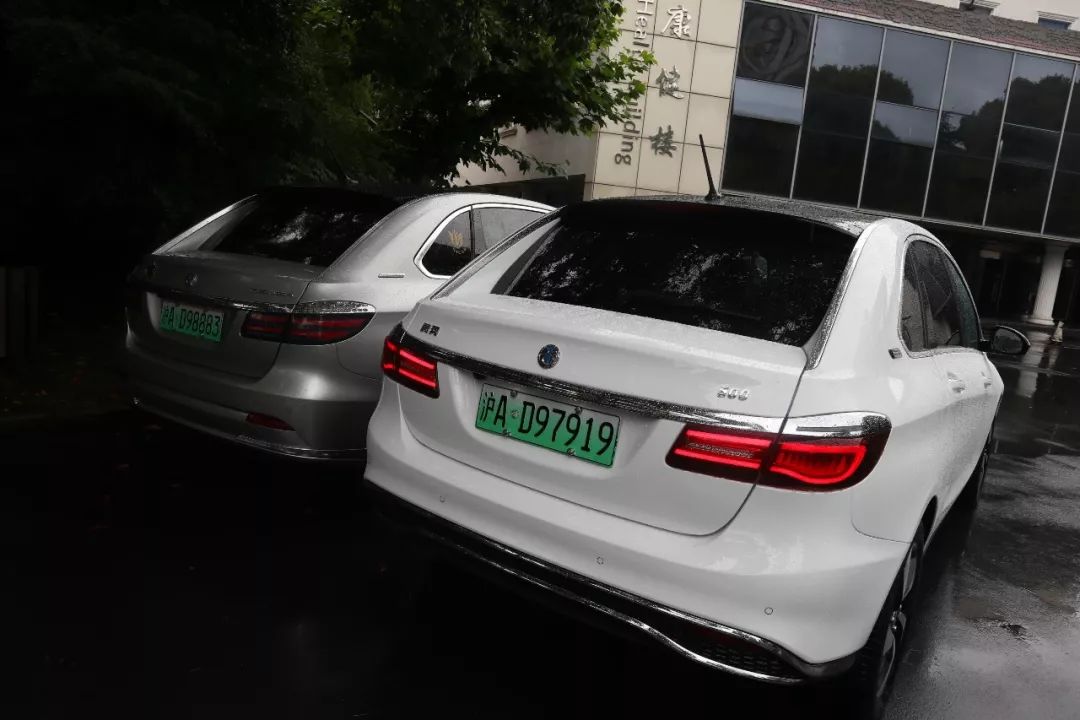
Familiarity breeds favor
Returning to the original question, when buying an electric car, what’s the most important factor?
In fact, even before I drove this DENZA 500, I often saw discussions about the DENZA in our 42nd Garage electric car group chat. Many DENZA 300 owners showed up, verifying that the DENZA’s cruising range was quite trustworthy.
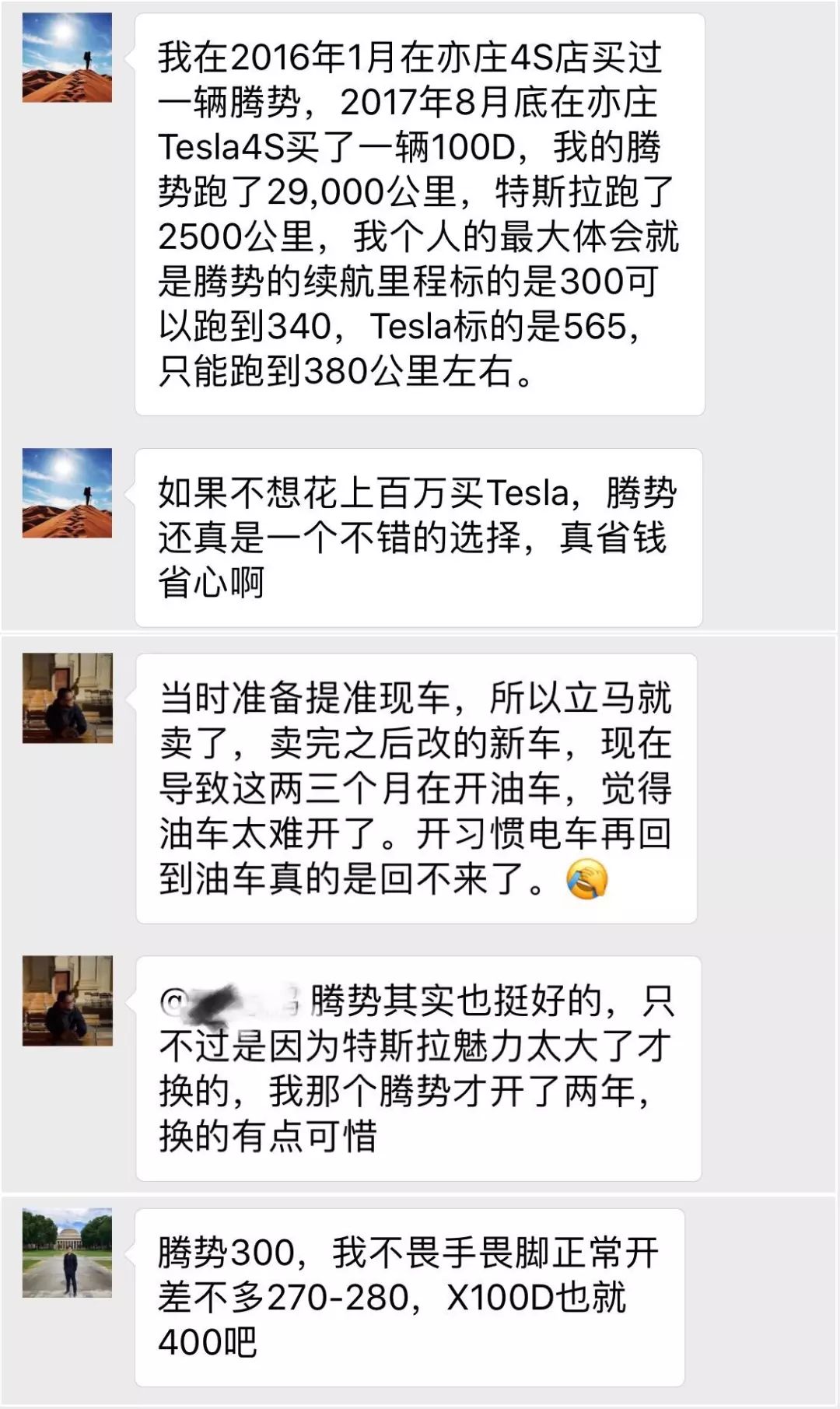
Therefore, after receiving the DENZA 500, I immediately ran a tested distance.
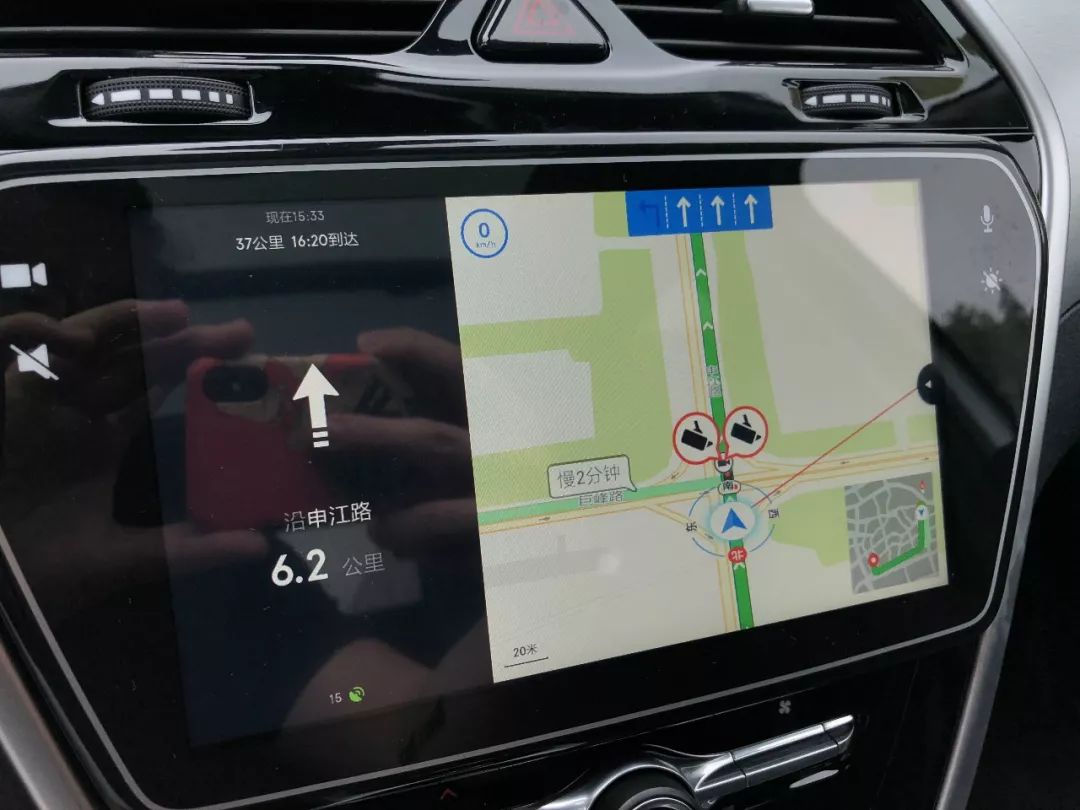
The car’s onboard system contains a networked Baidu map that functions almost identical to its phone version.
You can also select an appropriate route and avoid congested roads, which gives me a great sense of security as someone who’s accustomed to phone navigation.
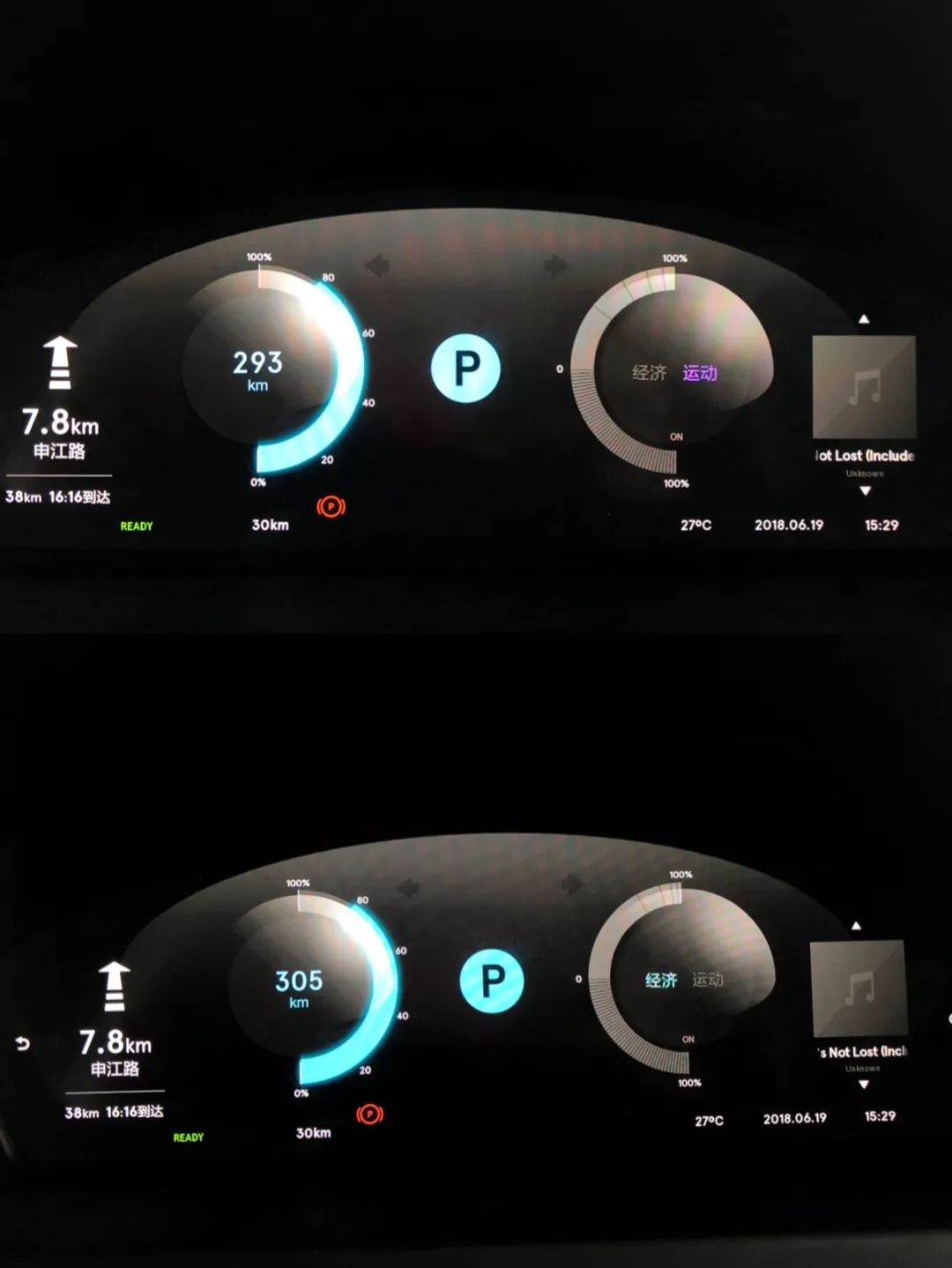
The entire trip was 38km long, and when I picked up the car, there was still 80% battery power remaining.There are two driving modes to choose from in the car: Economy/Sport, where the system estimates remaining mileage based on different expected energy consumption. With the same 80% remaining battery level, the estimated mileage in Economy mode is 305 km and 293 km in Sport mode. I just need to do a simple division to get: The full-charge range displayed on the dashboard is 381 km in Economy mode and 366 km in Sport mode. Compared to the NEDC data of 451 km for this car, the displayed range has been adjusted to better reflect real-world usage.
So, does this mean that DENZA just adjusted the display to make the range appear more robust?
I got the answer at the end of this trip.
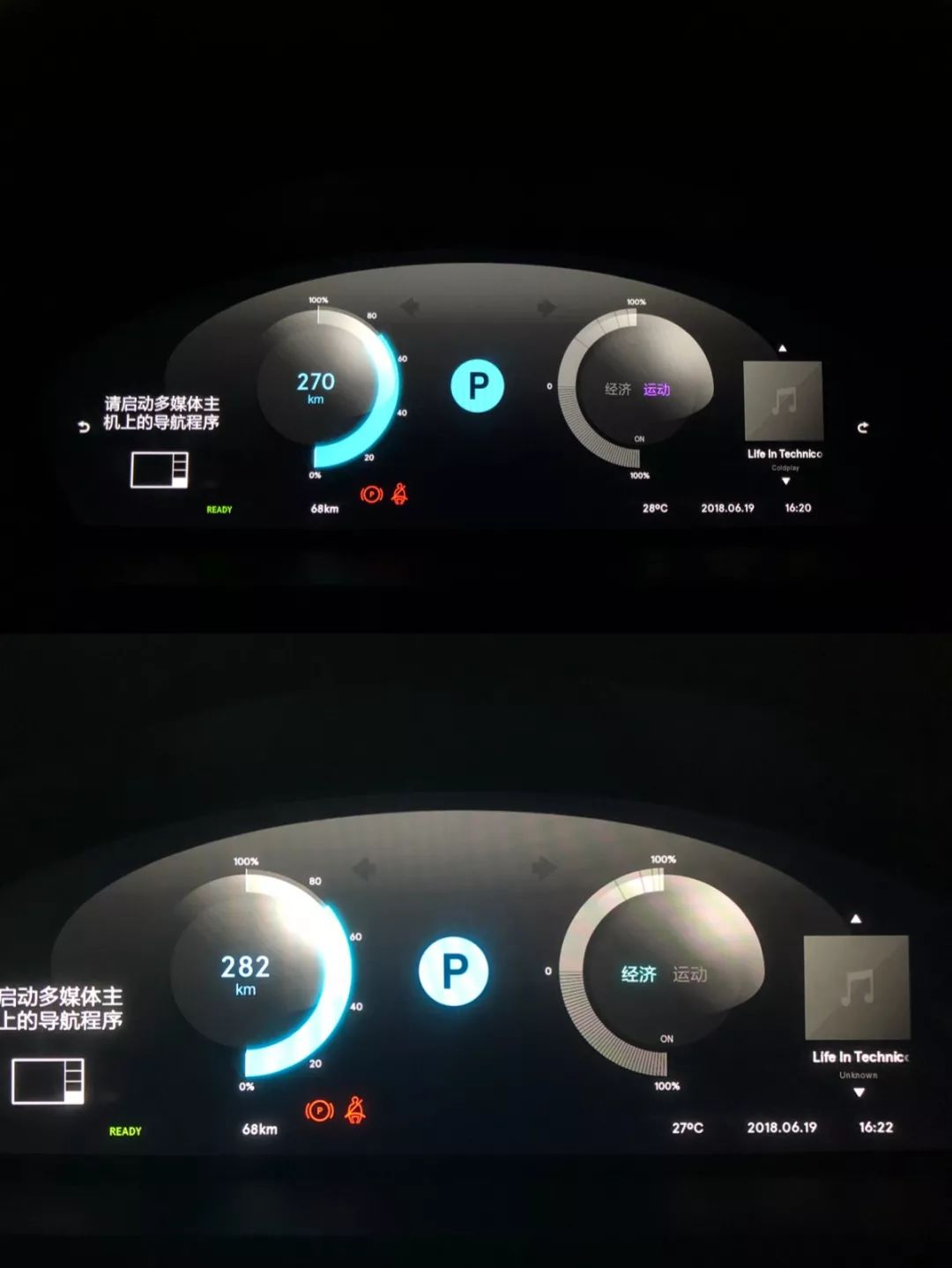
Throughout the trip, I actually drove 38 km in energy-saving mode. The display only decreased by 23 km, which is approximately 6% of the battery power consumed. By doing the math, 38 km/6% gives an amazing 633 km. In other words, with a full charge, based on my energy consumption from this trip, I can drive for 633 km, far exceeding the NEDC-certified range of 451 km.
What kind of driving state was I in? As shown in the navigation of the picture, I was mainly driving on the middle ring road of Shanghai, using air conditioning, with no traffic jam, and I didn’t deliberately drive at a constant speed. This can represent normal driving on the city ring road without congestion.
I used the economic driving mode, and the energy recovery can be selected: None/Standard/Plus, and I chose Standard.
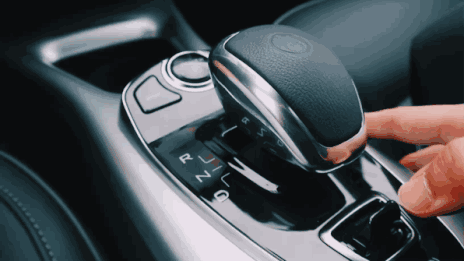
According to this standard, the range of this car is really robust. Based on my experience driving a Tesla, the range displayed on Tesla’s dashboard has two options: rated (NEDC)/typical (EPA). The rated range for a Model S 75D with a 75 kWh battery is about 460 km, and the typical range is about 360 km. Even driving in a city ring road without traffic, it’s very difficult to achieve the rated range without air conditioning and careful acceleration. If in traffic, being close to the typical range already shows good driving habits.
Therefore, DENZA is truly a car that can achieve the NEDC range in the city.Regarding this, it should be noted that the DENZA 500 is equipped with a permanent magnet synchronous motor, with a power of 135 kW and a maximum torque of 300 N·m, while the Tesla Model S 75D has front and rear asynchronous AC motors with a total power of 386 kW and a maximum torque of 525 N·m.
So, if you ask whether the DENZA, as an electric car, also has the same explosive acceleration as the Tesla Model S 75D, the answer is no.
The DENZA 500’s hundred-kilometer acceleration takes about 10 seconds, which is not very fast. However, due to the smoothness of its electric powertrain, it still provides a better acceleration experience than a gasoline-powered car.
#
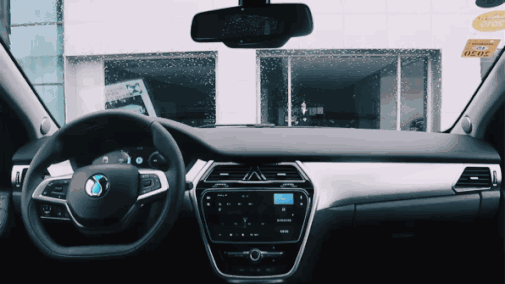
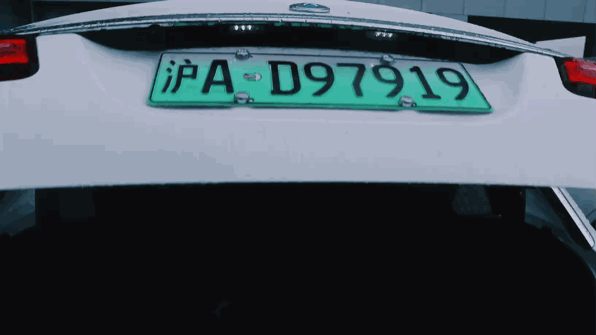
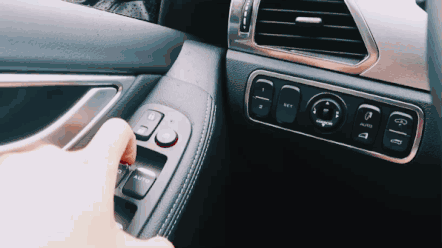


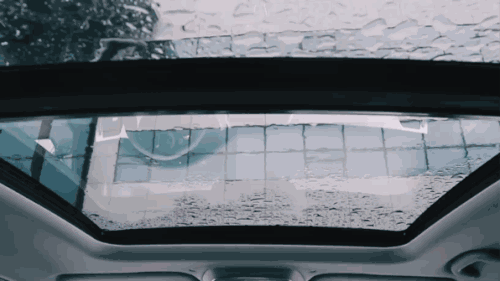
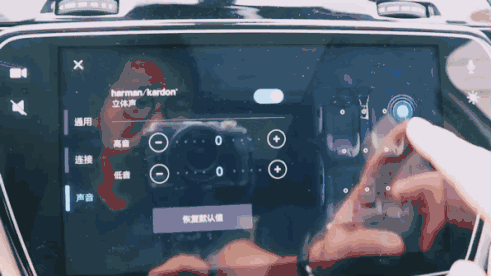
This article is a translation by ChatGPT of a Chinese report from 42HOW. If you have any questions about it, please email bd@42how.com.
